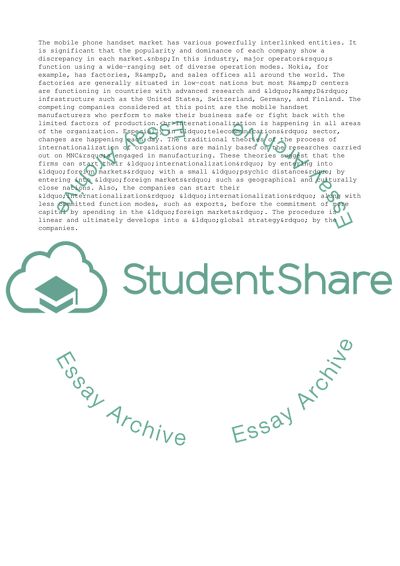Cite this document
(“Remarkable Telecommunication Revolution Assignment - 2”, n.d.)
Remarkable Telecommunication Revolution Assignment - 2. Retrieved from https://studentshare.org/management/1671295-strategic-management
Remarkable Telecommunication Revolution Assignment - 2. Retrieved from https://studentshare.org/management/1671295-strategic-management
(Remarkable Telecommunication Revolution Assignment - 2)
Remarkable Telecommunication Revolution Assignment - 2. https://studentshare.org/management/1671295-strategic-management.
Remarkable Telecommunication Revolution Assignment - 2. https://studentshare.org/management/1671295-strategic-management.
“Remarkable Telecommunication Revolution Assignment - 2”, n.d. https://studentshare.org/management/1671295-strategic-management.


